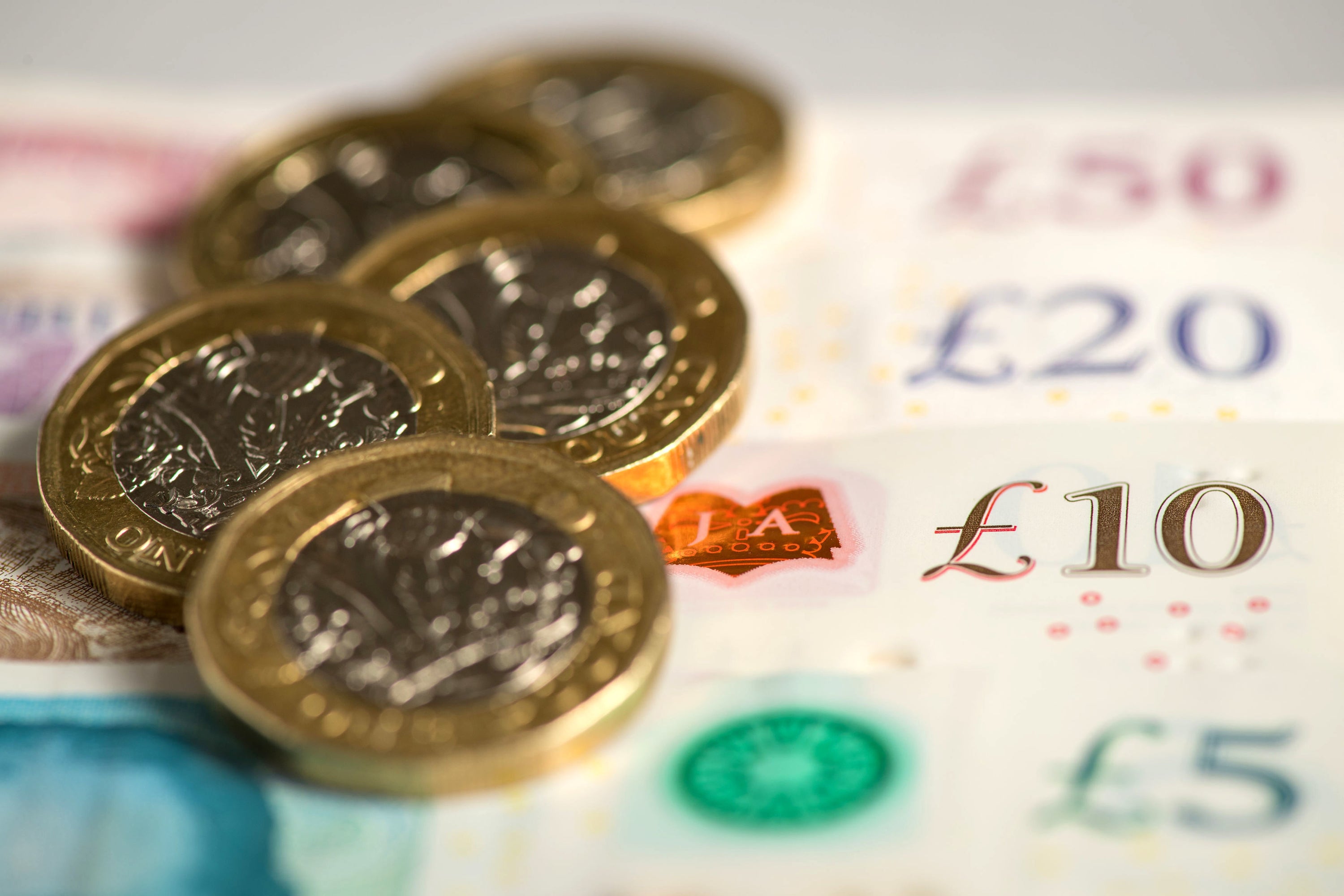The graphs that show how dire the inflation crisis is
Cost-of-living is to get worse as inflation is expected to continue rising, Bank of England warns

The Office for National Statistics (ONS) has announced that inflation hit 9.1 per cent in the year to April – the highest rate in 40 years.
The Bank of England (BoE) has the mandate to keep Consumer Price Index (CPI) inflation below 2 per cent. But governor Andrew Bailey said the bank is “helpless” in the face of global issues exacerbated by Russia’s war in Ukraine, including runaway energy costs and higher food prices.
The consumer crisis has also been made worse by inconsistent wage growth that has failed to keep up with rising costs of living. Mr Bailey’s warning of rising unemployment has also triggered fears of “stagflation” – a combination of a stagnant economy and rising inflation.
Chancellor Rishi Sunak is being urged to help people with their bills, amid warnings that the situation is set to get worse.
The BoE expects the annual rate will peak at 10.25 per cent – more than five times its target – during the final quarter of the year, which could lead to the tightest squeeze on incomes since records began in the 1950s.
CPI inflation reached 9.1 per cent in April, the highest rate since 1982.
Between February – the month Russia invaded Ukraine – and March, inflation had risen by just 0.8 per cent. Then there was a jump of 2 per cent between March and April.
April’s 9.1 per cent rate is more than quadruple the BoE’s 2 per cent target, that was last reported less than a year ago in July 2021.
For three years, between 2019 and 2021, the rate of inflation largely stayed below 2 per cent.
While the cost-of-living is increasing, people have not enjoyed similar boosts in their incomes to keep up with inflation.
In terms of wages, growth of total pay – which means regular earnings or base salary, plus overtime and bonuses – had risen to 7 per cent as of April, after it had reached a high of 9 per cent in June last year.
Growth of regular pay on its own has risen by just 4 per cent, after a high of 7 per cent last June.
This leaves workers worse-off overall as they have to cope with the double-whammy of lower wages and inflation leaving them with less buying power.
In April, Ofcom increased the energy price cap by 54 per cent – representing an average rise of about £700 – to £1,971.
PM Boris Johnson has suggested that part of the rise in energy prices was because of the “tough” decision to sanction Russia following the invasion of Ukraine.
As well as high gas and energy costs, fuel pump prices have reached new records, of 167.64p for petrol and 180.88p for diesel.
The chancellor has been called on to do more to help people cope with the cost-of-living crisis.
In response, Mr Sunak has claimed that the government is helping people by “saving the average worker £330 a year through reducing National Insurance contributions, changing Universal Credit to save over a million families around £1,000 a year, and providing millions of families with £350 each this year to help with their energy bills.”
Measures including increasing the warm home discount by up to £600 – to help vulnerable people and pensioners pay rising energy bills – are reportedly under consideration.
It comes after the government has dodged calls from opposition parties to impose a one-off windfall tax on energy and oil companies. Labour, Liberal Democrats, and SNP have said that the tax could fund financial aid for those struggling to pay bills.
Cost of living: how to get help
The cost of living crisis has touched every corner of the UK, pushing families to the brink with rising food and fuel prices.
- The Independent has asked experts to explain small ways you can stretch your money, including managing debt and obtaining items for free.
- If you need to access a food bank, find your local council’s website using gov.uk, and then use the local authority’s site to locate your nearest centre. The Trussell Trust, which runs many foodbanks, has a similar tool.
- Citizens Advice provides free help to people in need. The organisation can help you find grants or benefits, or advise on rent, debt and budgeting.
- If you are experiencing feelings of distress and isolation, or are struggling to cope, The Samaritans offers support; you can speak to someone for free over the phone, in confidence, on 116 123 (UK and ROI), email jo@samaritans.org, or visit the Samaritans website to find details of your nearest branch.
Join our commenting forum
Join thought-provoking conversations, follow other Independent readers and see their replies
Comments



Bookmark popover
Removed from bookmarks